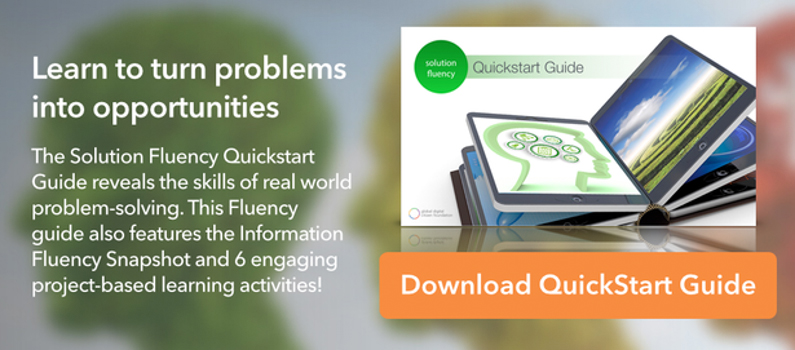How You Can Find the Right Key to Connecting to Your Learner's Needs
Finding the right approach to connecting to your learners' needs in the classroom can be a challenge. When I was a novice teacher, one of my students asked a very common question on my first day: “Why should I care?” Believe it or not, I did not know how to respond to him. The night before my first class, I spent much of my time working on lesson materials and how I would present them. Obviously, I made a mistake because I did not prepare myself for situations like that one.
Getting to know the class and finding the right approach to establishing a meaningful connection is the key to uncovering your learners' needs. After spending more than a decade teaching, I now realize what I should have done back then.
With this in mind, I gathered some helpful tips for you to help you avoid these situations and build a meaningful connection with the class right from the beginning.
Create Engagement
This challenge is faced by thousands of teachers out there. Sometimes our learners show complete and utter indifference to learning despite a hard effort by the educator. Indeed, grabbing the attention of the students and, for example, persuading them to write an essay is difficult, especially if you’re a novice teacher.
One of the most popular mistakes made by educators in this case is a focus on the subject. If you talk about the subject only, you lose the attention of the class because you don’t connect it to them. As a result, they become indifferent to you and the subject.
One solution to this problem is teaching for the learners. By this, I mean that they should feel the personal benefits of learning the subject. Instead of a traditional mindset like “here’s what we are going to learn today,” you could talk about the core benefit of the learning. For example, a core benefit of mathematics could be a future career as a web designer or a programmer.
Eliminate A Lack Of Attention
For those students who still cannot be engaged during the class, you could try this approach. It's called “feel the pain” (don’t worry, nobody will get hurt). Remember how I started this article? I described an awkward scenario that happened to me a long time ago. After I described it, you probably realized that you wouldn't want to experience something like this either if you haven't already.
For example, if Steve Jobs had learned the art of leadership during his first tenure of employment at Apple, would he have been sacked? Of course not. Discuss with your learners the incredible opportunities they feel could come from applying themselves early on. Help them realize that they could open doors to great career chances in the future.
Solve Behavior Issues Quickly
In order to avoid making the same mistakes that I did, teachers should address behavior issues quickly and wisely. If a conflict is postponed, bad feelings could grow, thus making it impossible to establish a good relationship.
A wise handling of conflicts with difficult students is also critical because you need to demonstrate the value of being honest and open. Remember that accusations are not a solution in this case. Instead, it is an effective approach to ask some questions like, “how can I help you?” They could go a long way because kids can sometimes expect you to get defensive, angry, and confrontational. Show them you care and want to move forward together.
In case you have to handle a conflict between two other students, arrange a meeting with them after school, at lunch, or even before school. Here, you act as a mediator, which means neutral language, and a peaceful approach.
Smile
Don’t forget to use the oldest trick in the book—a smile. If you visited a holiday resort and everyone there refused to smile, would you be having a good time there? Teachers are guiding the learners on their journey and we must make sure their experience is enjoyable.
A smile is a good way to show that your lessons are positive and you are open to communication. That’s the kind of impression a teacher should make on the students. (So don’t believe that old tale about not smiling until Christmas!)
Tom Jager is a professional blogger. He works at Awriter and has a degree in law and English literature. Tom has written numerous articles and online journals. You can reach him on G+ or Facebook.

